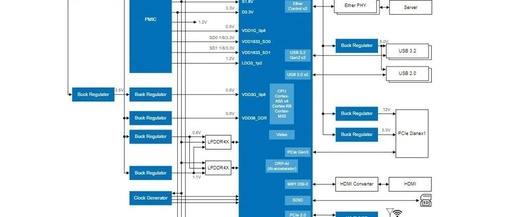Important Content and Differences of Keil MDK Compiler AC5 and AC6 Optimization Options
Follow,Star Public Number, don’t miss wonderful content Organizer: Engineer Huang Reference Source: Arm Official Website Readers who have used the Keil MDK (Arm Compiler 6) version V6 should have noticed that the compilation speed of V6 is much faster than that of V5. (Note: It is the V6 version compiler, not the V6 version MDK) … Read more









